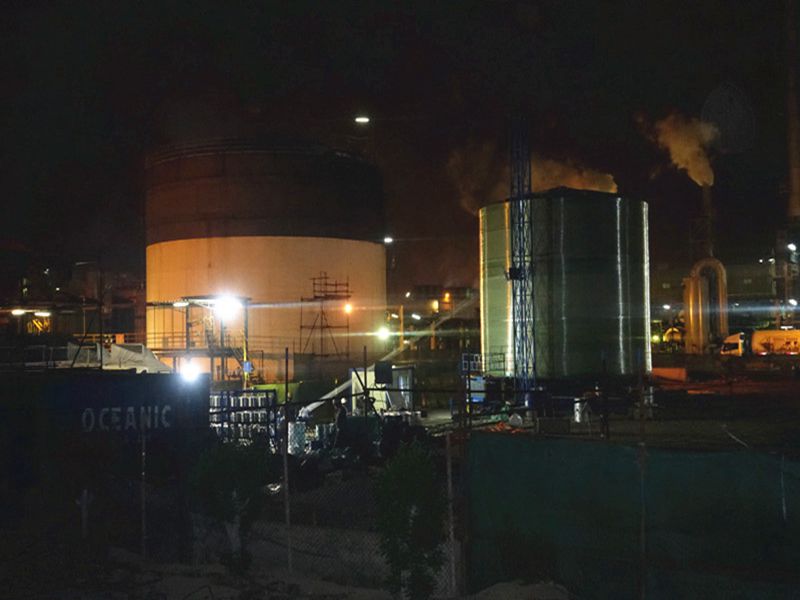
-
 Afrikaans
Afrikaans -
 Albanian
Albanian -
 Amharic
Amharic -
 Arabic
Arabic -
 Armenian
Armenian -
 Azerbaijani
Azerbaijani -
 Basque
Basque -
 Belarusian
Belarusian -
 Bengali
Bengali -
 Bosnian
Bosnian -
 Bulgarian
Bulgarian -
 Catalan
Catalan -
 Cebuano
Cebuano -
 China
China -
 China (Taiwan)
China (Taiwan) -
 Corsican
Corsican -
 Croatian
Croatian -
 Czech
Czech -
 Danish
Danish -
 Dutch
Dutch -
 English
English -
 Esperanto
Esperanto -
 Estonian
Estonian -
 Finnish
Finnish -
 French
French -
 Frisian
Frisian -
 Galician
Galician -
 Georgian
Georgian -
 German
German -
 Greek
Greek -
 Gujarati
Gujarati -
 Haitian Creole
Haitian Creole -
 hausa
hausa -
 hawaiian
hawaiian -
 Hebrew
Hebrew -
 Hindi
Hindi -
 Miao
Miao -
 Hungarian
Hungarian -
 Icelandic
Icelandic -
 igbo
igbo -
 Indonesian
Indonesian -
 irish
irish -
 Italian
Italian -
 Japanese
Japanese -
 Javanese
Javanese -
 Kannada
Kannada -
 kazakh
kazakh -
 Khmer
Khmer -
 Rwandese
Rwandese -
 Korean
Korean -
 Kurdish
Kurdish -
 Kyrgyz
Kyrgyz -
 Lao
Lao -
 Latin
Latin -
 Latvian
Latvian -
 Lithuanian
Lithuanian -
 Luxembourgish
Luxembourgish -
 Macedonian
Macedonian -
 Malgashi
Malgashi -
 Malay
Malay -
 Malayalam
Malayalam -
 Maltese
Maltese -
 Maori
Maori -
 Marathi
Marathi -
 Mongolian
Mongolian -
 Myanmar
Myanmar -
 Nepali
Nepali -
 Norwegian
Norwegian -
 Norwegian
Norwegian -
 Occitan
Occitan -
 Pashto
Pashto -
 Persian
Persian -
 Polish
Polish -
 Portuguese
Portuguese -
 Punjabi
Punjabi -
 Romanian
Romanian -
 Russian
Russian -
 Samoan
Samoan -
 Scottish Gaelic
Scottish Gaelic -
 Serbian
Serbian -
 Sesotho
Sesotho -
 Shona
Shona -
 Sindhi
Sindhi -
 Sinhala
Sinhala -
 Slovak
Slovak -
 Slovenian
Slovenian -
 Somali
Somali -
 Spanish
Spanish -
 Sundanese
Sundanese -
 Swahili
Swahili -
 Swedish
Swedish -
 Tagalog
Tagalog -
 Tajik
Tajik -
 Tamil
Tamil -
 Tatar
Tatar -
 Telugu
Telugu -
 Thai
Thai -
 Turkish
Turkish -
 Turkmen
Turkmen -
 Ukrainian
Ukrainian -
 Urdu
Urdu -
 Uighur
Uighur -
 Uzbek
Uzbek -
 Vietnamese
Vietnamese -
 Welsh
Welsh -
 Bantu
Bantu -
 Yiddish
Yiddish -
 Yoruba
Yoruba -
 Zulu
Zulu
FRP Chimney Design and Installation for Industrial Applications and Efficiency Improvements
FRP Chimney Construction and Installation for Industrial Applications
Fiber Reinforced Polymer (FRP) chimneys have become increasingly popular in industrial applications due to their superior durability, lightweight characteristics, and resistance to corrosive environments. The construction and installation of FRP chimneys involve several crucial steps that ensure safety, structural integrity, and longevity of the structure.
One of the primary advantages of FRP material is its resistance to corrosion, which makes it ideal for industries that deal with acidic or oxidative substances. Unlike traditional materials such as concrete or metal, FRP does not corrode or degrade over time, making it a cost-effective solution for extensive industrial applications. This characteristic significantly reduces maintenance costs and extends the lifespan of the chimney.
The construction of an FRP chimney typically begins with a detailed engineering design. This design phase includes calculations for load-bearing requirements, thermal expansion, and environmental factors such as wind and seismic activity. Proper engineering ensures that the chimney can withstand the operational conditions it will face throughout its lifespan.
Once the design is finalized, manufacturing can commence. FRP chimneys are usually fabricated off-site, where controlled conditions allow for the precision needed to ensure uniformity and quality. The manufacturing process involves layering fiber reinforcement with resin to create a strong composite material that can be molded into the required shape and dimensions. This prefabrication approach allows for faster installation compared to traditional construction methods.
frp chimney construction and installation for industrial and ...

Transporting the constructed FRP components to the installation site requires careful planning. Due to their lightweight nature, these components can often be moved with standard equipment, reducing transportation costs. Upon arrival at the site, the assembly of the FRP chimney is facilitated by modular design, allowing for seamless integration and quick on-site assembly.
Installation of the FRP chimney involves anchoring the structure securely at its base and ensuring proper alignment. Skilled workers are essential during this phase to adhere to safety standards and guidelines, guaranteeing that the chimney operates efficiently and safely. Moreover, attention must be given to the connections between the chimney and the exhaust system to prevent leaks and ensure optimal performance.
Finally, after installation, rigorous inspections are conducted to verify that the chimney meets all operational and safety regulations. Routine maintenance and monitoring are also crucial to ensure continued performance and integrity over time. With proper care, FRP chimneys can provide reliable service for many years, making them an excellent investment for industrial facilities.
In conclusion, FRP chimney construction and installation require meticulous planning, skilled workmanship, and adherence to safety regulations. The benefits of using FRP material in industrial settings far outweigh those of traditional materials, making it a preferred choice for many industries.









